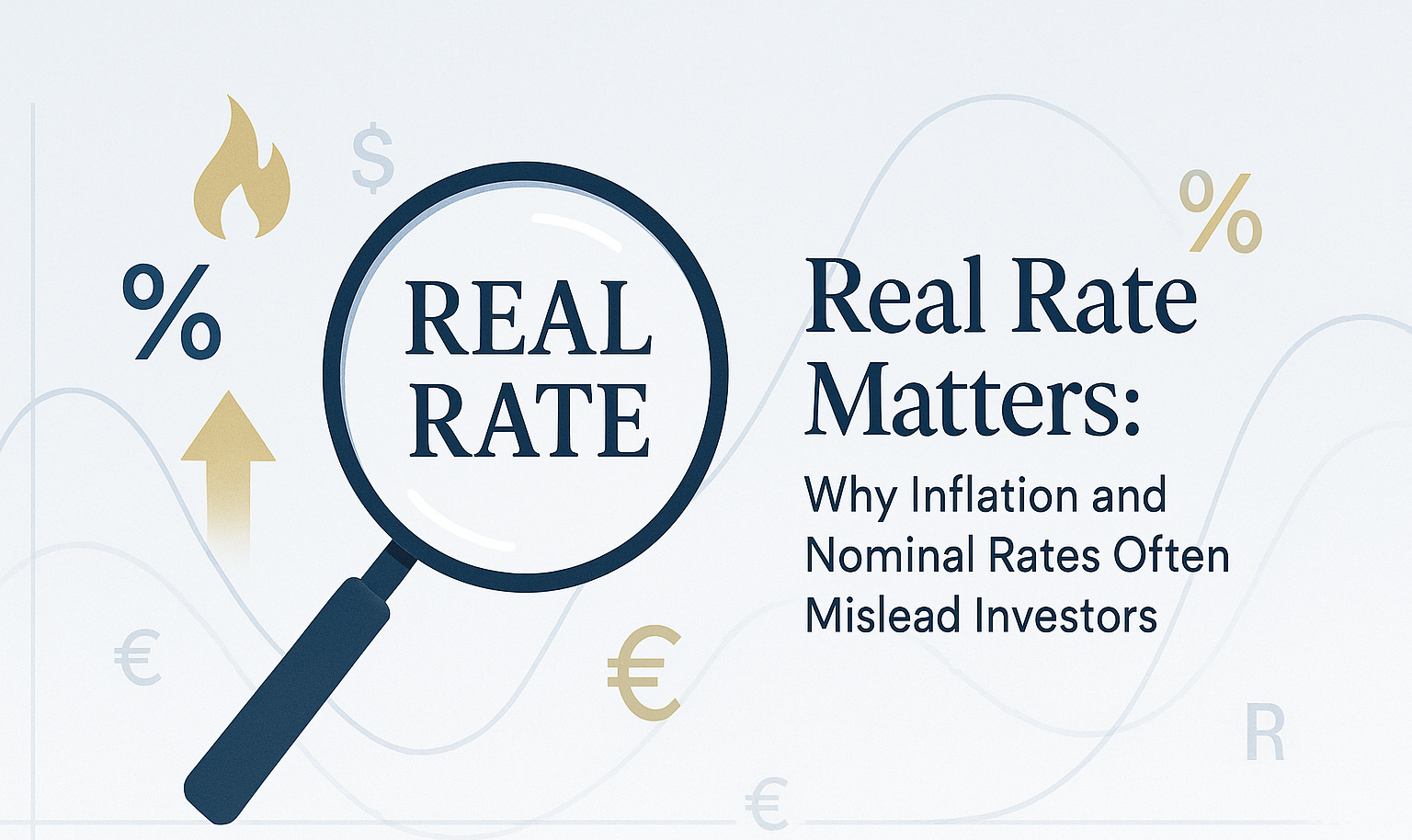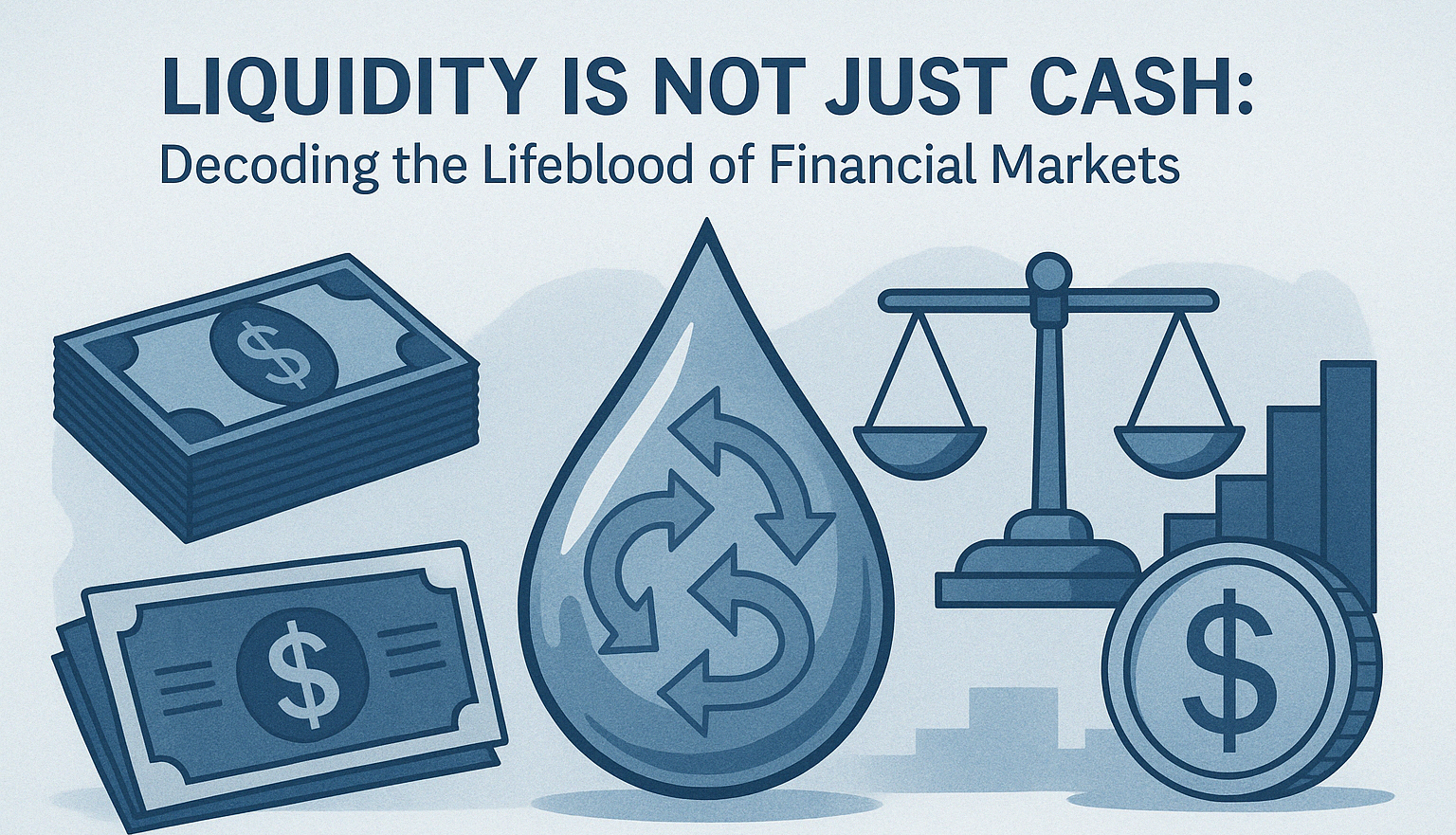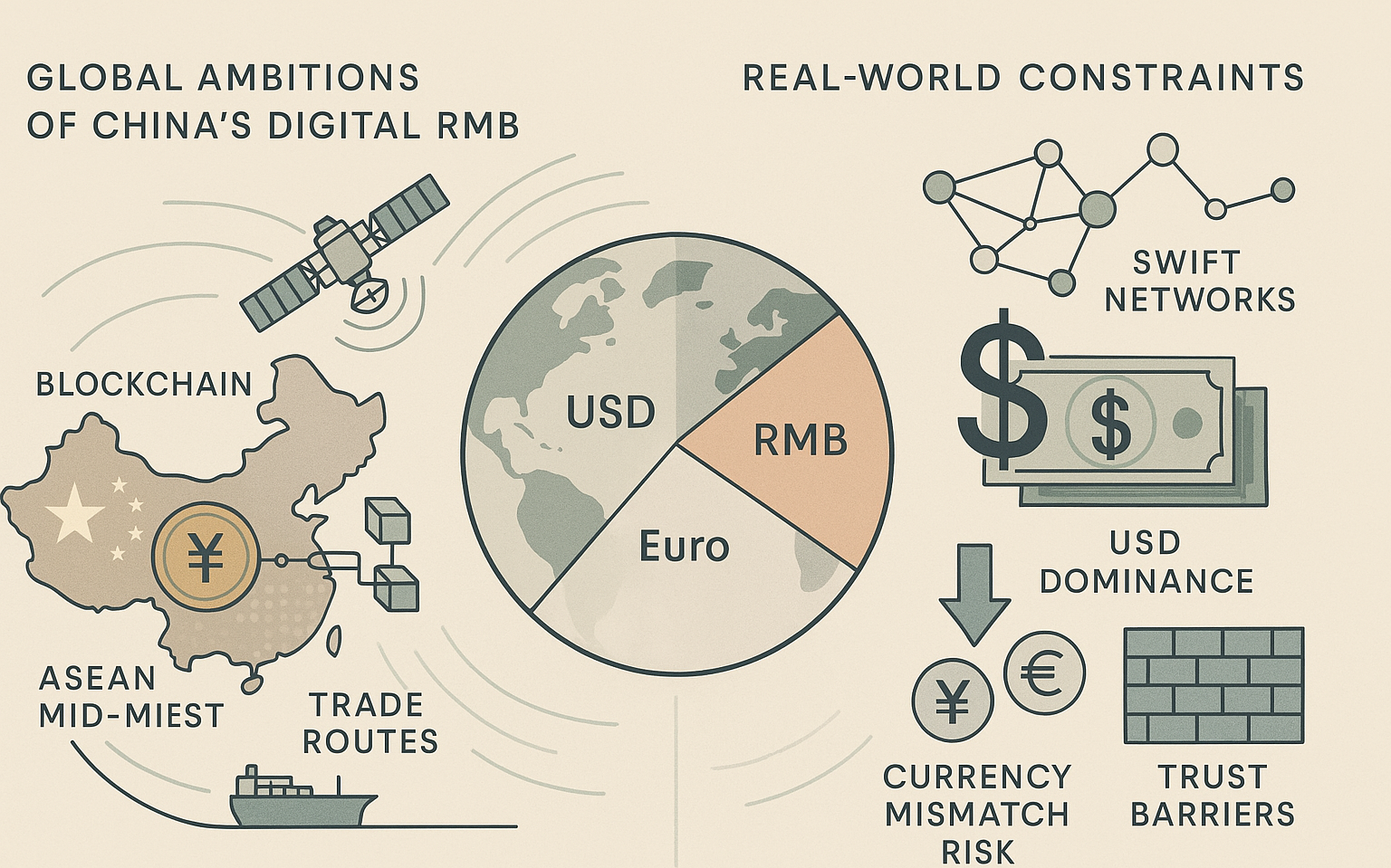Economics
Analysis and data on macroeconomic trends, policies, and indicators.

Is Traditional Monetary Policy Dead? Navigating Liquidity Traps in a Post-Crisis World
This article critically examines the diminishing effectiveness of traditional monetary policy tools particularly interest rate cuts in the face of persistent economic stagnation and structural challenges following the 2008 Global Financial Crisis. It explores the emergence of liquidity traps, where near-zero interest rates fail to stimulate investment or consumption, and introduces the concept of shadow rates as a more accurate reflection of monetary accommodation under unconventional policy regimes. The piece discusses the rise and limitations of quantitative easing (QE), highlighting its unequal impacts on asset prices versus the real economy. It contrasts the policy responses of the U.S. Federal Reserve and Bank Indonesia, emphasizing the need for tailored, pragmatic strategies in emerging markets. The article concludes by advocating for a multidimensional monetary policy framework that incorporates tools like yield curve control, central bank digital currencies (CBDCs), and closer fiscal-monetary coordination, arguing that adaptation not abandonment of central banking is essential in the post-crisis world.

This provides an analysis of Bank Indonesia's strategic response to complex global conditions in early 2025, highlighting its priority on Rupiah stability amid uncertainties from U.S. monetary policy shifts, escalating trade tensions, and volatile capital flows. Bank Indonesia maintained its benchmark rate (BI-7DRRR) at 5.75% since January 2025, signaling a cautious approach focused primarily on exchange rate stability. Despite proactive interventions, the Rupiah faced persistent depreciation pressure driven by portfolio outflows of USD 2.8 billion amid global market volatility linked to U.S. trade policies. Interestingly, foreign exchange reserves reached a record high (USD 157.1 billion), largely supported by government loans and BI’s issuance of market instruments like SRBI and SVBI. Nonetheless, Indonesia's external position showed strains, with a widening current account deficit in 2024, though balanced by financial inflows. Inflation remained subdued domestically, but BI adjusted its growth forecast downward for 2025 due to global uncertainties, particularly from U.S.-China tensions. Looking ahead, BI’s policy will remain data-dependent, closely monitoring Rupiah stability, global market conditions, and capital flow dynamics.

Real Rate Matters: Why Inflation and Nominal Rates Often Mislead Investors
This article highlights why focusing on nominal interest rates alone can lead to major investment mistakes and policy errors. The real interest rate calculated by subtracting inflation from nominal rates offers a more accurate measure of monetary conditions and true investment returns. Drawing from historical crises in the US, Turkey, and Indonesia, the research shows how negative real rates can fuel inflation, trigger capital flight, and destabilize currencies, even when nominal rates appear high. The Fisher Equation serves as the key framework for understanding this relationship, emphasizing the role of inflation expectations and central bank credibility. As of 2025, global real rate conditions remain highly uneven across regions, shaping capital flows, currency stability, and asset valuations. The article outlines three potential future scenarios through 2030 from successful disinflation to persistent inflation shocks and policy mistakes. Understanding real rates is critical for informed portfolio decisions across bonds, equities, currencies, and commodities. This piece provides investors and policymakers with the insights needed to navigate monetary uncertainty and avoid the trap of headline nominal rates.

Liquidity Is Not Just Cash: Decoding the Lifeblood of Financial Markets
Liquidity is often described as the lifeblood of financial markets, and this metaphor holds true in practice. It refers to the capacity of the financial system to absorb trades and transactions smoothly essentially, how easily assets can be bought or sold without causing significant price disturbances. While many equate liquidity simply with cash on hand, in reality it encompasses a broader spectrum of assets and funding sources that keep markets functioning. From readily marketable securities to lines of credit, liquidity provides the vital flow that prevents markets from seizing up. Its importance cannot be overstated: even fundamentally sound institutions can be brought down by a liquidity crunch if they are unable to roll over funding or sell assets to meet short term obligations. This article decodes what liquidity truly means beyond just cash, examines its critical role in market stability, and discusses how policy frameworks strive to maintain liquidity in normal times and during crises.

Digital RMB’s Global Ambitions: Promise vs Reality in the Emerging Financial Order
This article explores the strategic expansion of China’s Digital RMB and its implications for the global financial order. It contrasts the promise of faster, de-dollarized, and geopolitically autonomous payments with the entrenched dominance of the USD, trust barriers, and technical limitations. Through the case of Indonesia and global data, it offers a nuanced analysis of how emerging economies can navigate the Digital RMB’s opportunities and risks.
This article explores tax forgiveness policies in developing countries, focusing on prominent case studies from Indonesia, Nigeria, and Argentina. It highlights how amnesty programs can generate short term revenue boosts and expand the tax base but often fail to improve long term tax compliance if not accompanied by structural reforms. The paper emphasizes that tax forgiveness whether through amnesties, pardons, or voluntary disclosure should be used as a one time tool within a broader reform agenda, including tax administration modernization, digital infrastructure, and improved governance. Ultimately, tax forgiveness is a policy instrument, not a sustainable fiscal strategy